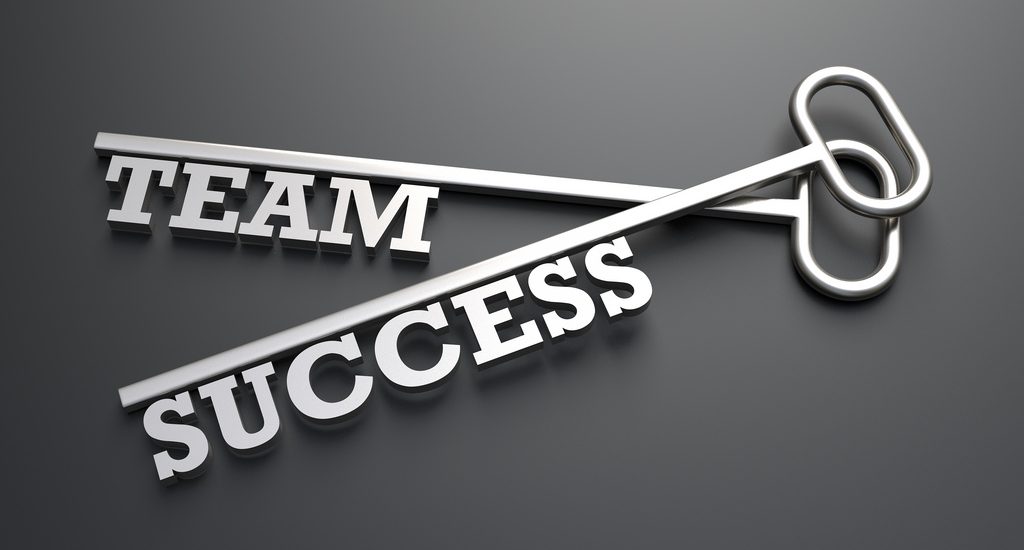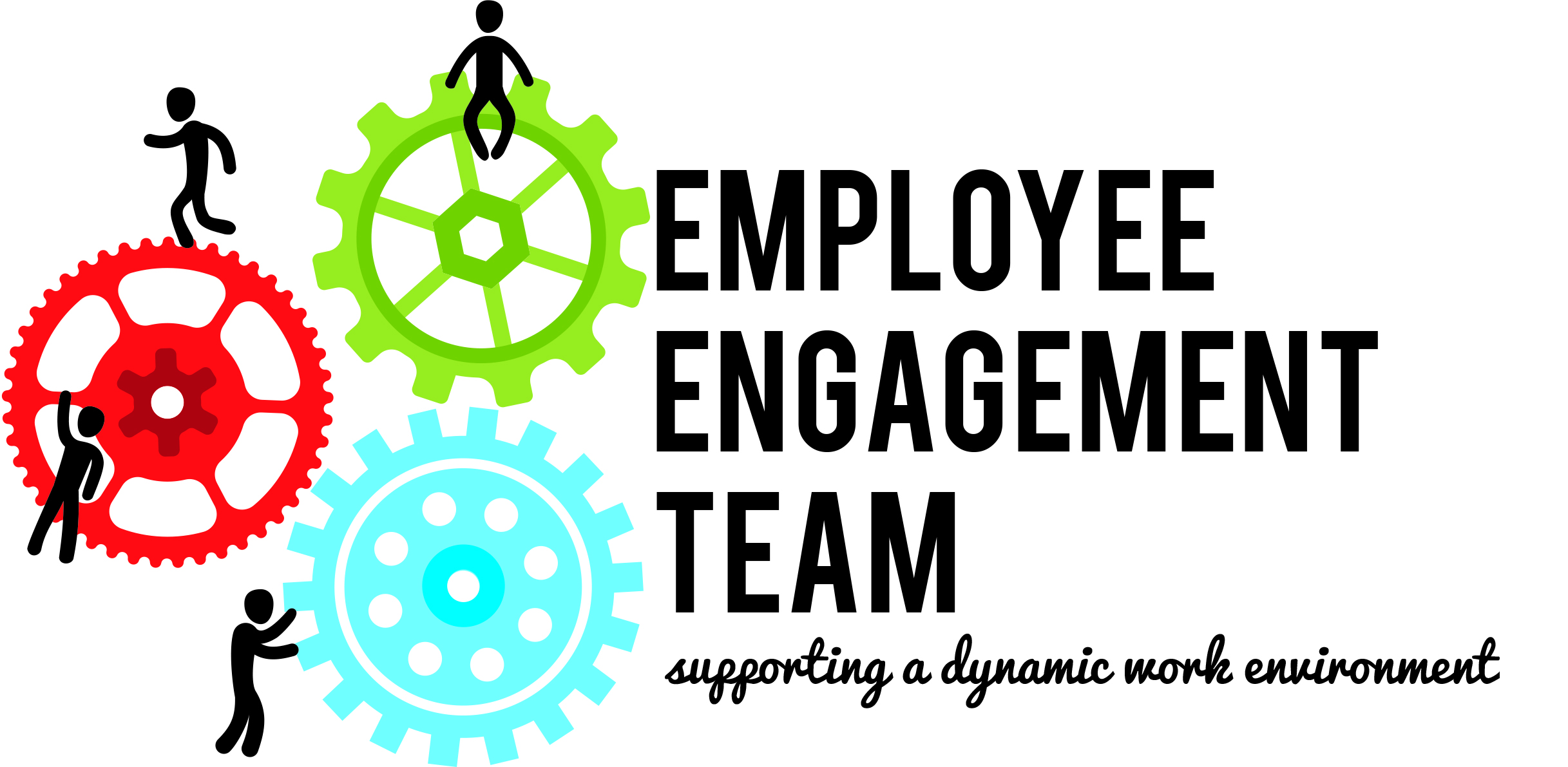- July 15, 2019
- Posted by: Ron Ehlers
- Category: Business Intelligence, Business Planning, Cost Segregation

There continues to be a lot of press regarding the rise of eCommerce as the future of retailing. To be sure, its share of retail activity is increasing. However, the truth remains that 90% of retail sales transactions still take place in physical store locations. The stores are still the face of the retailer to their customers and it is where the retailer’s primary engagement with most of their customers takes place.
In most regional and national retail organizations, the role of the store teams is to receive the product, display it, sell it and deposit the proceeds in the bank. They typically do not have control over the product selection, pricing, quantity or timing. Nor do they have control over the marketing. A very wise store ops executive once told me that he constantly reminded his store teams that they should focus not on lamenting what they did not have, or had too much of, but to present what they had in the best possible way and sell it, engaging the customer in the process to make it a great experience.
So, how are you engaging your store teams in this effort? Typically, we see key performance indicators such as sales variance to plan, comp store sales percent change, sales per square foot, etc. used to measure success or need for improvement. Even if these KPIs are positive, is the opportunity in any given store being maximized? And, if any of these KPIs are not positive, how are the results being used to improve performance?
Consider, for example, a retail chain of stores operating in multiple markets, with varying store sizes, different traffic patterns and a range of sales volumes achieving total revenue of $500 Million annually. Assuming an overall $30 average sale and 15% conversion rate, you can calculate that that business was comprised of 111.1 million shoppers completing 16.7 million transactions. Further consider, then, that If this retailer could just increase their overall conversion rate from 15% to 16%, with no change in traffic or average sale amount, that would result in 17.8 million transactions and $534 Million in sales, a 6.8% increase.
So, are there other KPIs that could come into play that would be more useful in identifying the full extent of the opportunities for each store and that could drive coaching and behavioral changes that would have a measurable impact on store productivity? Can these KPIs be made visible to the store and field management teams in an easy and affordable way so they become a viable tool to help them build and maintain a culture of continuous improvement? The answer to all these questions is “Yes!”
Cloud-based Mobile App Platform
The key to providing such a solution is a platform that can capture the data and deliver these KPIs in a consistent and easy to use mobile app that any store associate who uses a personal smartphone or tablet will be able to quickly understand and immediately use. A single platform integrates all the required internal and external data and transforms it into secure information that the store teams are able to access to measure their performance and improve their productivity. Now they can become truly engaged in the business and become partners in the success of their location and the entire organization.
Store Productivity
When integrated with data from traffic collection devices, information becomes available to identify each store’s traffic patterns by hour of day and day of week. When combined with sales transaction data for the same time periods, conversion rates and power hours can be identified. Many times, we find that when only sales patterns are used when scheduling staff, conversion rates go down during the power hours because there are not enough resources available to meet the needs of all the customers.
When this happens, although a level of sales is being achieved, there may be an opportunity for much more if staff schedules can be developed relative to the traffic patterns, and not just sales. In fact, a scheduling app can be utilized to identify and assign the most productive associates, based on availability, to cover those power hours.
In addition, when the store manager can see each associate’s contribution to the store’s conversion rate, as well as the average transaction value and average units per transaction they are achieving relative to the best performers and the total store, they can now have a specific dialog with each associate on how they can work on the KPI(s) that show room for improvement. Following coaching, the performance app can identify whether or not the associate is delivering improved results.
Collaboration
As part of the same platform, a collaboration app and a task management app can provide a mechanism for the field management and store teams to communicate and collaborate on ideas, issues and opportunities. Mobile app dashboards with notations can be shared, and pictures taken with the mobile devices can be shared with comments and questions. Tasks can be added and prioritized on the task management app, and then tracked to completion. Product information documents and videos can be shared so the store teams are better informed in their engagements with the customers.

Team Engagement
With one platform, the field management and store teams can constantly measure performance and have the tools and information they need to work toward continuous improvement for their own results. With one platform, they become more engaged, and rapid decision-making and accountability result. With one platform, the store teams become better prepared to deliver a positive and engaging experience for each customer.
Are your store teams engaged in a partnership to improve their store productivity? Contact me here to learn more.

